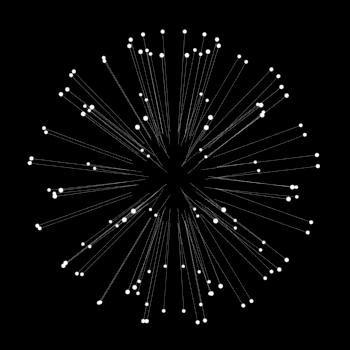Need help with part b)! How do we show that this is true?

I need help with part b). By the Lagrange error bound, I know that the error is going to be less than the absolute value of the next term.
Indeed, 2^5/5! = 4/15 but how do I show this rigorously on a math exam?

I need help with part b). By the Lagrange error bound, I know that the error is going to be less than the absolute value of the next term.
Indeed,
1 Answer
May 11, 2018
OK, I'll assume for part a, you got
And we have
By substituting the Maclaurin series, we get:

